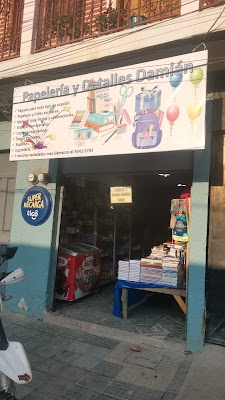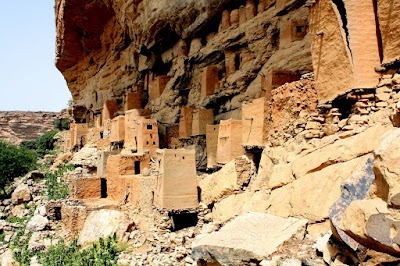Musée de Ségou (Musée de Ségou)
Related Places
Overview
Located in the vibrant heart of the Ségou Region in Mali, the Musée de Ségou stands as a celebrated cultural hub, inviting visitors to explore the rich tapestry of Malian history and heritage. This museum is a treasure trove of artifacts, artworks, and historical narratives that vividly illustrate the evolution of the Ségou Region and its diverse communities.
The origins of the Musée de Ségou stem from collaborative efforts by local government and cultural agencies dedicated to preserving and promoting the region's cultural wealth. Housed in a beautifully restored colonial-era building, the museum itself serves as a testament to the area's complex history, encompassing both colonial and post-colonial transitions. The architecture reflects a harmonious blend of traditional Malian design and colonial influences, providing a picturesque and historically significant setting for its collections.
Visitors to the Musée de Ségou can expect a variety of permanent and temporary exhibits showcasing different facets of the region's culture. One of the museum's main attractions is its extensive collection of traditional Malian masks and sculptures. These artifacts offer profound insights into indigenous practices, spiritual beliefs, and ceremonial customs that have defined Malian societies for centuries. The intricate craftsmanship of these pieces is not only visually stunning but also rich in cultural significance and storytelling.
Another highlight of the museum focuses on the Ségou Kingdom, once one of the most powerful and influential states in pre-colonial West Africa. Exhibits feature relics from the legendary Bambara Empire, illuminating the political and social structures that underpinned its dominance. Through these displays, visitors will learn about key historical figures, such as King Biton Mamary Coulibaly, who played pivotal roles in shaping the region's past.
The Musée de Ségou also embraces contemporary art, showcasing the works of modern Malian artists. These exhibitions serve as a platform for local talents to express themselves and explore themes relevant to present-day Malian society. This blend of historical and contemporary displays ensures that the museum is not just a place for reflection but also a vibrant space for engaging with current cultural dialogues.
In addition to its exhibits, the museum offers a range of educational and interactive programs for visitors. Guided tours are available in multiple languages, making the museum accessible to a global audience. These tours provide in-depth information and captivating stories that enhance the visitor experience. Regular workshops and cultural events offer tourists the chance to participate in traditional crafts, music, and dance—integral aspects of Malian culture.
An interesting aspect of the Musée de Ségou is its role as a community hub. It serves not only as a museum but also as a cultural center where locals gather to celebrate their heritage and where tourists can gain a deeper understanding of Malian culture. The museum's commitment to cultural preservation and education has made it a beloved institution in Ségou.
The surrounding area also offers additional attractions for visitors. Ségou, known for its scenic riverside views along the Niger River, is a charming town with a relaxed atmosphere. Tourists can enjoy riverboat excursions, visit local markets, and explore other historical sites in the region, making a visit to the Musée de Ségou just one part of a broader cultural adventure.
In summary, the Musée de Ségou is a must-visit destination for anyone interested in the rich history and dynamic culture of Mali. With its wide array of exhibits, educational programs, and community events, it offers a comprehensive and engaging experience that appeals to both history enthusiasts and casual visitors alike. Whether delving into the ancient history of the Bambara Empire or appreciating contemporary Malian art, the Musée de Ségou provides a captivating and enriching glimpse into the heart of Malian culture.





